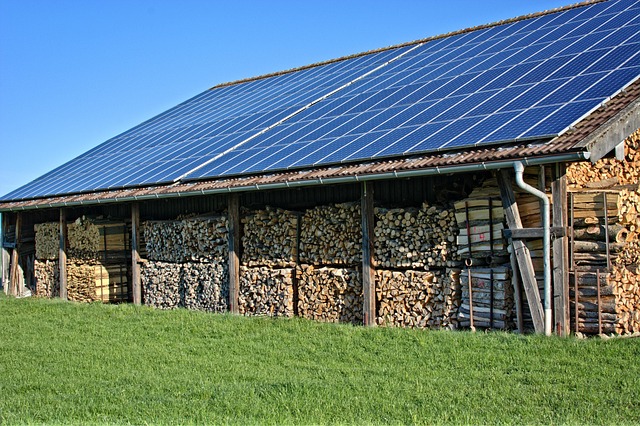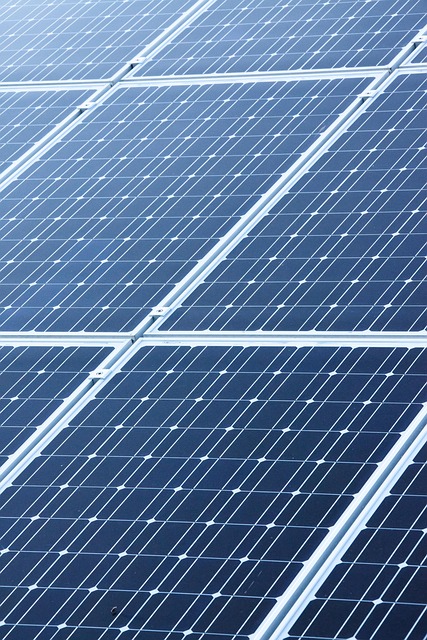Solar Energy Storage Solutions: Keeping the Light On
In the quest for sustainable energy, solar power has emerged as one of the most promising and widely adopted forms of renewable energy. While solar panels convert sunlight into electricity, a significant challenge remains—the ability to store solar energy for use when sunlight is not available. This is where solar energy storage solutions come into play, ensuring that we can tap into solar power around the clock, providing a reliable energy source that never sleeps.
The Importance of Solar Energy Storage
As the world moves towards a greener future, the importance of solar energy becomes increasingly evident. However, solar energy is inherently intermittent; the sun doesn’t shine consistently throughout the day or year. Energy production peaks during daylight hours, while energy demand can fluctuate significantly, especially in the evenings and during periods of cloudy weather. This discrepancy creates a need for energy storage solutions that bridge the gap between production and consumption.
Solar energy storage systems not only provide power during off-peak sunlight hours, but they also enhance the resilience of the energy grid, contribute to energy independence, and help to stabilize electricity prices by mitigating the effects of demand spikes. They represent a crucial step towards a more sustainable and reliable energy landscape.
Types of Solar Energy Storage Solutions
When considering solar energy storage, it’s essential to understand the various technologies and systems available. Here are some of the most prominent options:
1. Battery Storage Systems
Battery storage systems are currently the most popular solution for solar energy storage. These systems store energy generated from solar panels in batteries, allowing homeowners and businesses to use that energy when sunlight is not available. There are several types of batteries used for solar energy storage:
Lithium-ion Batteries
Lithium-ion batteries are the dominant technology in the solar energy storage market. Characterized by their high energy density, long lifespan, and declining costs, these batteries offer effective energy storage solutions for residential and commercial applications.
Lead-acid Batteries
Lead-acid batteries were among the first battery technologies used for solar storage. While they are less expensive initially, they have a shorter lifespan and lower depth of discharge compared to lithium-ion batteries. Therefore, they are often less efficient for long-term storage solutions.
Flow Batteries
Flow batteries are a promising alternative that offers scalability for larger applications. They operate using two liquid electrolyte solutions that flow through a cell, allowing for longer discharge periods. Flow batteries are particularly well-suited for applications requiring extensive energy storage and are gaining traction in utility-scale installations.
2. Solar Thermal Storage
Solar thermal storage systems capture and store heat from sunlight rather than electricity. This method is particularly effective in concentrated solar power (CSP) plants, where solar energy is used to heat a fluid that produces steam and drives a turbine to generate electricity. The heat can be stored and released as needed.
Common thermal storage materials include molten salts, which can retain heat for extended periods, and concrete or water for smaller applications. This technology is highly effective for large-scale power generation, providing a reliable source of energy even after the sun sets.
3. Pumped Hydro Storage
Pumped hydro storage is a well-established technology that uses gravitational potential energy to store energy. During periods of excess solar generation, water is pumped uphill to a reservoir. When energy demand rises, the water is released, flowing downhill to generate electricity. This method excels in efficiency and capacity but is limited by geographic location, requiring specific topographical conditions.
4. Compressed Air Energy Storage (CAES)
CAES systems store energy by compressing air in underground caverns during periods of low demand. When energy is needed, the compressed air is released and heated, causing it to expand and drive a turbine for electricity generation. While CAES has been proven on a utility scale, its deployment is less common due to high infrastructure costs and specific geological necessities.
Benefits of Solar Energy Storage Systems
Implementing solar energy storage solutions comes with several advantages:
Enhanced Energy Independence
By storing solar energy, individuals and businesses can reduce their reliance on grid electricity. This means that during power outages or peak pricing periods, stored solar energy can provide a cushion against rising energy costs and electricity shortages.
Reduced Energy Bills
Solar energy storage can significantly lower energy bills. By using stored energy during peak demand times when electricity is most expensive, users can minimize the need for grid energy. Additionally, by participating in net metering programs, homeowners can sell excess energy back to the grid, further enhancing cost savings.
Grid Stability and Reliability
Solar energy storage contributes to a more stable and resilient energy grid. By balancing supply and demand, these systems help mitigate the impact of sudden fluctuations in electricity generation and consumption. This is especially valuable as more renewable energy sources are integrated into the grid, promoting a smoother transition to a sustainable energy future.
Challenges and Considerations
Even with the advantages, several challenges and considerations persist when implementing solar energy storage solutions:
Initial Costs
Installing solar energy storage systems can entail significant upfront costs, especially for battery systems. However, declining battery prices and federal incentives can alleviate some of this financial burden, making solar storage more accessible over time.
Battery Lifespan and Degradation
Batteries have a finite lifespan, and with repeated charging and discharging, they can degrade over time. Understanding battery cycle counts and monitoring performance is crucial for maximizing long-term returns on investment.
Environmental Concerns
While battery technologies such as lithium-ion are efficient, their production and disposal raise environmental questions. The extraction of lithium and other components can have adverse environmental impacts. Transitioning to more sustainable mining practices and developing recycling frameworks is essential for minimizing the ecological footprint of solar storage systems.
The Future of Solar Energy Storage
The future of solar energy storage appears bright as technological advancements and market forces drive innovation. Research and development are focused on improving energy density, reducing costs, and maximizing cycle life for established battery technologies. Additionally, advancements in thermal storage and alternative storage methods are expanding the portfolio of solutions.
Emerging trends, such as vehicle-to-grid (V2G) technology, offer exciting prospects for integrating electric vehicles into the energy storage landscape. This concept enables electric vehicles to discharge energy back to the grid, serving as mobile energy storage units that support overall grid reliability.
Conclusion
Solar energy storage solutions are essential for unlocking the full potential of solar power and overcoming its inherent limitations. By providing a bridge between production and consumption, these systems enable a sustainable energy future that runs day and night. As technologies continue to evolve and improve, the integration of solar energy storage solutions will play a critical role in achieving a greener, more resilient energy landscape. Whether through battery systems, thermal storage, or innovative approaches like V2G, keeping the light on in the age of renewable energy is not just a goal—it is becoming a reality.



